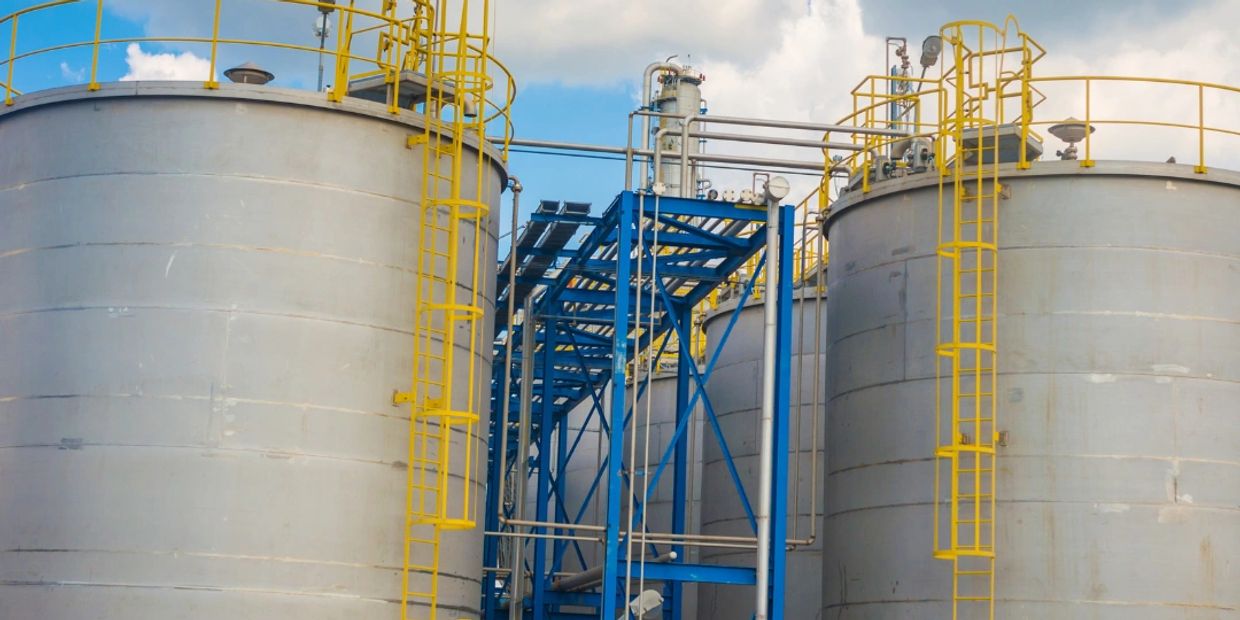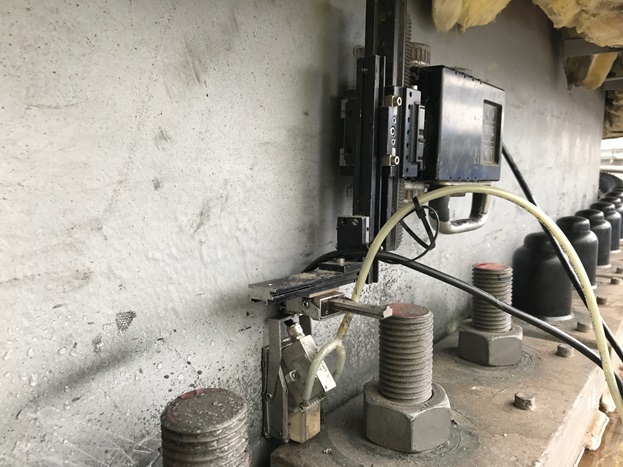Exactly How Tank Welding Inspection Stops Future Structural Failings
Exactly How Tank Welding Inspection Stops Future Structural Failings
Blog Article
A Thorough Introduction of Storage Tank Welding Evaluation Criteria and Methodologies for Improved Weld Top Quality and Performance
The significance of welding evaluation requirements in the production of containers can not be overemphasized, as they offer as the foundation for ensuring weld integrity and operational reliability. Numerous evaluation strategies, consisting of aesthetic analyses and advanced non-destructive testing approaches, are essential in identifying potential imperfections that can compromise performance.
Significance of Welding Examination Requirements

Welding evaluation standards include a series of criteria, including material specifications, welding treatments, and qualifications of workers entailed in the welding procedure. By enforcing these criteria, companies can methodically identify and correct possible defects, thereby decreasing the probability of expensive repair services or catastrophic failings. Moreover, strenuous assessment methods cultivate a culture of liability and accuracy, motivating welders to keep high levels of workmanship.

Typical Welding Evaluation Strategies


Ultrasonic Examining (UT) is another widespread technique, using high-frequency sound waves to spot internal defects that might not show up on the surface. This approach is particularly efficient for identifying voids or additions within the weld metal. Magnetic Bit Evaluating (MT) is likewise commonly utilized, particularly for ferromagnetic products, as it reveals surface and near-surface problems through the application of electromagnetic fields and ferrous bits.
Furthermore, Liquid Penetrant Screening (PT) detects surface-breaking problems by using a penetrant to the weld and after that utilizing a designer to attract out the penetrant. Each of these methods contributes to a thorough evaluation approach, making sure that welds satisfy the rigorous high quality criteria called for in container building.
Regulatory Specifications and Conformity
Governing criteria and conformity are important parts in making sure the safety and reliability of bonded structures in storage tank construction - Tank Welding Inspection. These requirements serve to establish minimum demands for material residential or commercial properties, welding treatments, and examination techniques, consequently lowering the risk of structural failures and boosting overall efficiency
Secret organizations, such as the American Society of Mechanical Designers (ASME) check over here and the American Welding Culture (AWS), provide standards that are widely embraced in the market. Compliance with these criteria not only guarantees adherence to ideal practices but likewise satisfies lawful and legal obligations, safeguarding the passions of stakeholders.
Regulative bodies often mandate adherence to particular codes, such as ASME Code Section IX for welding credentials and API 650 for bonded tanks. These codes detail requirements for welding methods, certifications of employees, and screening methods to confirm weld honesty.
Routine audits and examinations are critical to keeping compliance, as they aid recognize inconsistencies from developed standards. Non-compliance can lead to considerable charges, task delays, and safety dangers. Therefore, a durable understanding of regulatory standards and a dedication to conformity are critical in achieving high-quality and long lasting welded tank structures.
Non-Destructive Examining Techniques
Exactly how can the stability of welded frameworks be assured without creating damages? Non-destructive screening (NDT) methods offer a durable solution, making it possible for assessors to examine weld high quality without compromising the product - Tank Welding Inspection. Among the most typical NDT techniques are ultrasonic testing (UT), radiographic testing (RT), magnetic fragment screening (MT), and color penetrant screening (PT)
Radiographic testing entails passing X-rays or gamma rays through the weld, creating images that reveal architectural flaws such as fractures or voids. This approach is vital for examining the honesty of intricate welds.
Magnetic particle testing is fit for ferromagnetic products, where electromagnetic fields reveal surface area and near-surface stoppages. Color penetrant testing makes use of a liquid dye to highlight surface-breaking flaws, making it an efficient method for non-porous products.
Each of these NDT techniques has distinctive benefits, enabling extensive evaluations customized to certain materials and welding procedures. By executing these strategies, markets can ensure the reliability and security of bonded structures, ultimately enhancing total efficiency.
Enhancing Weld Top Quality With Assessment
Effective examination plays a critical function in enhancing weld top quality, functioning as an important checkpoint in the construction procedure. By identifying possible flaws early, evaluations alleviate the threat of compromised structural honesty and make sure compliance with sector standards. Using a combination Go Here of aesthetic exams, non-destructive screening (NDT) techniques, and mechanical assessments, inspectors can identify concerns such as porosity, fractures, and incomplete fusion.
Executing a durable inspection procedure not only enhances the total top quality of welds yet also cultivates a society of liability amongst welders and producers. Regular training and qualification of evaluation workers ensure that they are equipped with the necessary skills to acknowledge and resolve possible problems successfully. This aggressive technique lessens rework and associated costs, ultimately adding to forecast performance.
Furthermore, thorough documentation of examination findings supplies valuable insights into recurring problems, facilitating continual improvement in welding practices. By leveraging innovative innovations, such as automated ultrasonic screening or electronic radiography, weld top quality can be improved through more precise examinations. Finally, an extensive examination procedure is crucial in achieving premium welds, guaranteeing security, dependability, and durability in storage tank construction.
Verdict
In verdict, the execution of strenuous storage tank welding examination requirements and methodologies is necessary for making sure weld integrity and efficiency. By making use of a combination of aesthetic inspections, non-destructive screening techniques, and adherence to regulatory requirements, companies can properly recognize and reduce anchor possible issues. Fostering a culture of accountability amongst welders better improves the quality of welding processes. Inevitably, these practices add to reduced architectural failings, lower repair work prices, and enhanced functional performance within the sector.
Report this page